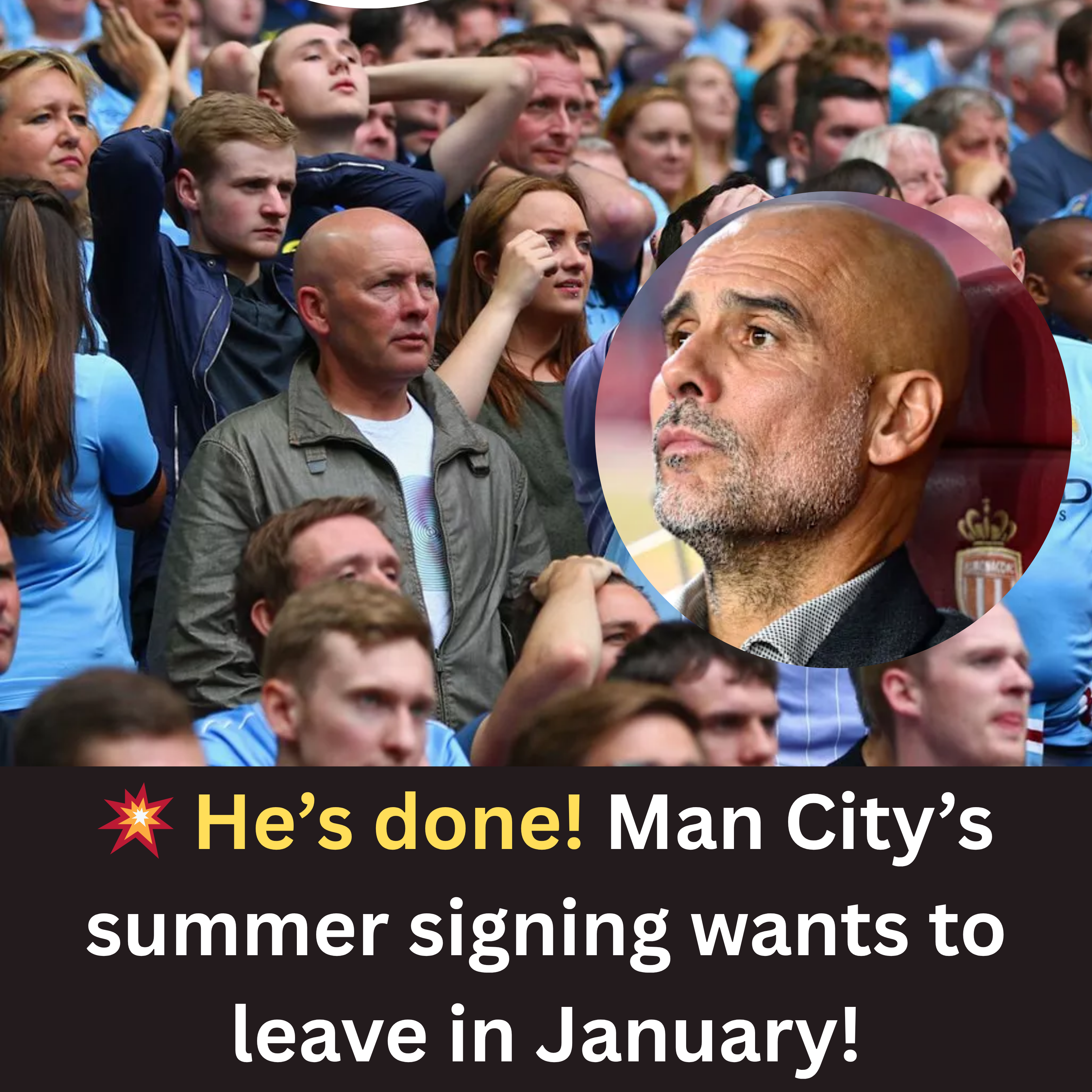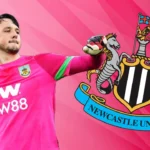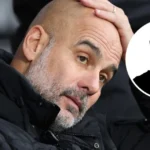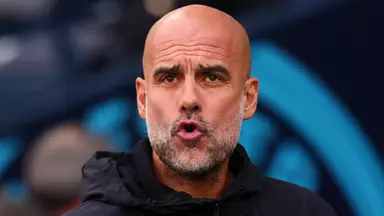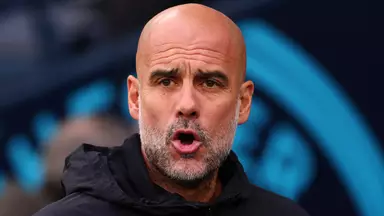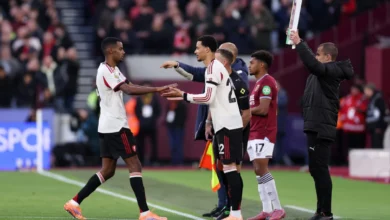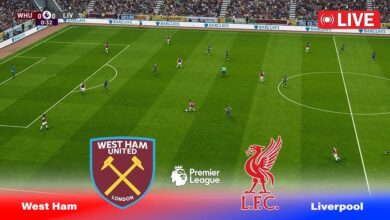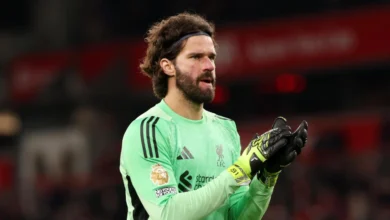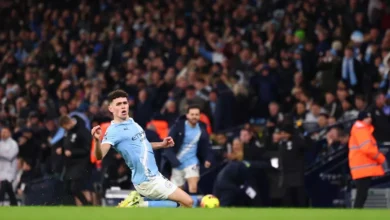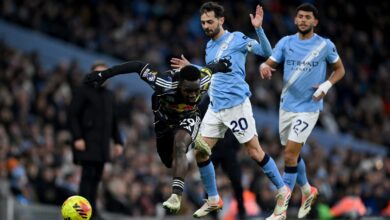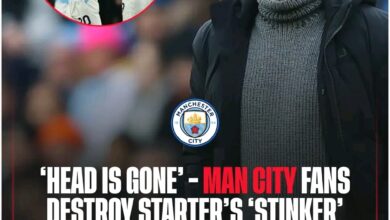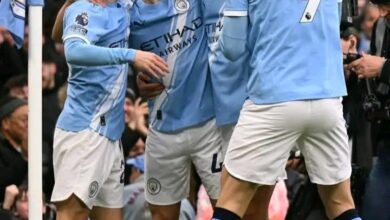Man City summer signing No 6 gets ‘here we go’ confirmation, with senior star to be replaced
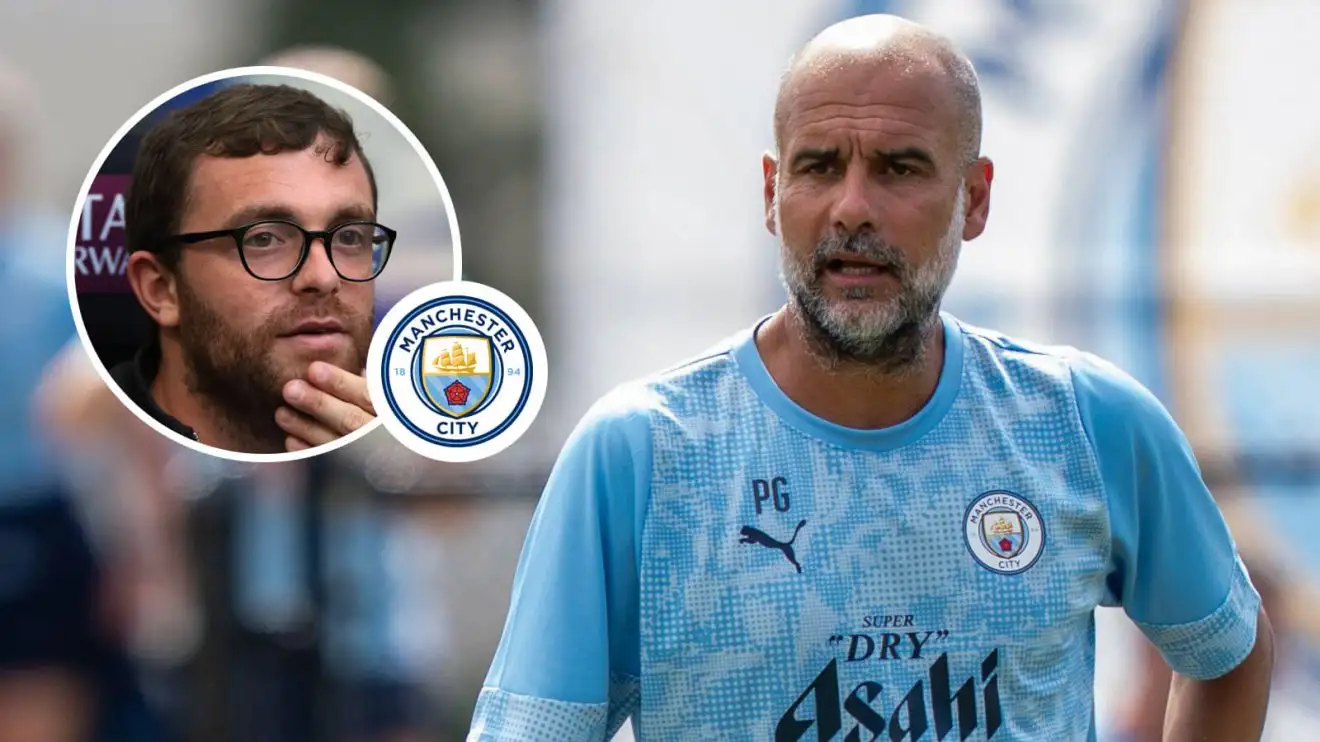
Manchester City’s relentless pursuit of excellence continues to manifest in their meticulous approach to squad building, with the imminent completion of their sixth summer signing representing a masterclass in strategic planning and long-term vision. The acquisition of James Trafford from Burnley marks not merely another addition to Pep Guardiola’s squad, but a calculated move that demonstrates the sophistication of modern football recruitment and the foresight that has become synonymous with City’s operational excellence.
The confirmation from renowned transfer specialist Fabrizio Romano, accompanied by his trademark “here we go” declaration, signals the culmination of negotiations that have captivated the football world. This transfer represents far more than a simple player acquisition; it embodies City’s commitment to nurturing talent while maintaining their competitive edge in an increasingly demanding football landscape.
A Journey of Development and Redemption
James Trafford’s story reads like a modern football fairy tale, albeit one punctuated by the realities of elite-level competition. Having emerged from Manchester City’s prestigious academy system, the young goalkeeper’s initial inability to break into the senior setup serves as a testament to the extraordinary standards maintained at the Etihad Stadium. His journey through the lower echelons of English football, including formative experiences at Accrington Stanley and Bolton Wanderers, provided the foundation for what would become a remarkable ascension through the ranks.
The decision to loan Trafford to these clubs demonstrated City’s understanding of player development in the modern era. Rather than allowing a promising talent to stagnate in reserve football, the club recognized the invaluable experience that competitive first-team football would provide. These loan spells served as crucial stepping stones, allowing Trafford to develop the mental fortitude and technical skills necessary to excel at the highest level.
When Burnley acquired Trafford’s services permanently in July 2023 for £14 million, many viewed it as another talented youngster departing the City system. However, the inclusion of a £40 million buy-back clause revealed the strategic thinking that has become hallmark of City’s transfer policy. This clause represented a safety net, ensuring that should Trafford fulfill his potential, City would retain the right to bring him back to Manchester.
Championship Excellence and Record-Breaking Performances
Trafford’s two-year tenure at Turf Moor proved transformative, both for the player and the club. His statistics during this period paint a picture of a goalkeeper approaching the pinnacle of his abilities. Accumulating 31 clean sheets across 73 appearances demonstrates remarkable consistency, while his record-breaking achievement of 12 consecutive clean sheets in the Championship speaks to his mental strength and technical excellence.
The most striking aspect of Trafford’s Championship campaign was his extraordinary defensive record, conceding merely 16 goals in 45 matches. This statistic places him among the elite goalkeepers in European football, regardless of division. Such performances inevitably attracted attention from Premier League clubs, with Newcastle United emerging as serious contenders for his signature.
Eddie Howe’s Newcastle had progressed to advanced negotiations with Burnley, recognizing Trafford’s potential to address their goalkeeping needs. However, City’s intervention demonstrated the value of strategic planning and the importance of maintaining connections with former academy products. The activation of the buy-back clause not only secured Trafford’s return but also highlighted the sophistication of modern transfer dealings.
The Financial Architecture of Modern Football
The financial structure of Trafford’s return to Manchester City provides fascinating insight into the economic realities of contemporary football. Having initially sold the goalkeeper for £14 million, City’s activation of the £40 million buy-back clause results in an effective cost of £26 million for the operation. This figure represents exceptional value in today’s inflated transfer market, particularly when considering the potential of a goalkeeper entering his prime years.
The five-year contract with an optional additional 12 months reflects City’s confidence in Trafford’s long-term potential. Such contract length provides stability for both player and club while protecting City’s investment in a position that has become increasingly crucial to modern football tactics.
Guardiola’s Goalkeeping Philosophy
Pep Guardiola’s specific request for Trafford’s return underscores the manager’s meticulous approach to squad construction. Guardiola has revolutionized the role of the modern goalkeeper, demanding technical excellence with the ball at feet alongside traditional shot-stopping abilities. Trafford’s development suggests he possesses the attributes necessary to thrive in Guardiola’s system.
The Spanish manager’s influence on goalkeeping has been profound throughout his career. From his early work with Victor Valdés at Barcelona to his transformation of Ederson at City, Guardiola has consistently elevated goalkeepers beyond their traditional role. Trafford’s recall suggests Guardiola sees similar potential for tactical evolution and technical development.
Reshaping the Goalkeeping Hierarchy
The arrival of Trafford precipitates significant changes within City’s goalkeeping department. David Ornstein’s reporting reveals that while Ederson will remain at the club, Stefan Ortega appears destined for departure. This reshuffling reflects the dynamic nature of squad management at elite level, where sentiment rarely supersedes strategic planning.
Ederson’s retention, despite interest from Galatasaray, suggests City value his experience and proven track record. However, the Brazilian’s performances over the past 12 months have attracted criticism, creating an opportunity for Trafford to establish himself as a genuine contender for the number one position.
Ortega’s anticipated departure, while perhaps unfortunate for the German goalkeeper, reflects the harsh realities of elite football. The 32-year-old’s desire to return to Germany aligns with City’s need to create space for Trafford’s integration into the squad. This transition demonstrates the club’s ability to manage squad dynamics while maintaining harmony within the group.
The Broader Context of City’s Summer Business
Trafford’s acquisition represents the sixth addition to City’s squad during the current transfer window, following the arrivals of Tijjani Reijnders, Rayan Cherki, Rayan Ait-Nouri, Sverre Nypan, and Marcus Bettinelli. This recruitment drive demonstrates City’s commitment to continuous improvement and squad refreshment.
Each signing reflects specific strategic objectives, with Trafford addressing the long-term goalkeeping situation. The diversity of these acquisitions, spanning different positions and age profiles, illustrates the comprehensive nature of City’s planning. From experienced campaigners to promising youngsters, City continues to balance immediate needs with future potential.
International Implications and Career Trajectory
Trafford’s return to City carries significant implications for his international career. As a 22-year-old English goalkeeper, establishing himself as City’s first choice would dramatically enhance his prospects of representing England at major tournaments, including the upcoming World Cup.
The competition for England’s goalkeeping position remains intense, with established players maintaining strong claims. However, regular first-team football at City would provide Trafford with the platform necessary to showcase his abilities on the international stage. His age profile suggests he could become a long-term solution for both club and country.
Tactical Considerations and System Integration
Guardiola’s tactical system places unique demands on goalkeepers, requiring exceptional distribution skills and tactical awareness. Trafford’s development at Burnley, where he experienced varied tactical approaches and pressure situations, has prepared him for these challenges.
The modern goalkeeper must function as an additional outfield player during possession phases, contributing to build-up play and maintaining tactical structure. Trafford’s technical attributes suggest he possesses the foundation necessary to excel in this role, though adaptation to Guardiola’s specific requirements will require time and application.
The Academy Connection and Development Philosophy
Trafford’s journey exemplifies City’s academy philosophy and development pathway. His initial departure and subsequent return demonstrate the club’s willingness to allow talented youngsters to gain experience elsewhere while maintaining strategic oversight of their progress.
This approach contrasts with traditional models where promising players often remained within club structures, potentially limiting their development opportunities. City’s willingness to sell academy products with buy-back clauses represents innovative thinking in player development and asset management.
Market Dynamics and Transfer Strategy
The Trafford transfer illustrates broader trends in modern football transfer strategy. The use of buy-back clauses has become increasingly common, allowing selling clubs to maintain connections with former players while providing immediate financial benefits.
City’s ability to outmaneuver Newcastle United for Trafford’s signature demonstrates the advantages of strategic planning. While Newcastle may have offered attractive terms, City’s existing relationship and buy-back clause provided decisive advantages in negotiations.
Future Projections and Expectations
As Trafford prepares for his medical examinations and official unveiling, expectations surrounding his potential impact continue to build. The goalkeeper enters an environment where success is measured by the highest standards, with Champions League triumph and Premier League dominance representing baseline expectations.
His integration into City’s squad will require careful management, balancing the need for gradual adaptation with the pressure to contribute immediately. Guardiola’s track record of developing goalkeepers provides optimism regarding Trafford’s prospects, though the young Englishman must demonstrate exceptional dedication and application.
Conclusion: A Strategic Masterstroke
James Trafford’s return to Manchester City represents more than a simple transfer; it embodies the sophisticated approach to squad building that has defined the club’s recent success. From his academy origins through his developmental journey and ultimate return, Trafford’s story illustrates the long-term vision that distinguishes City from their competitors.
The financial structure of the deal, the tactical implications of his arrival, and the broader impact on squad dynamics demonstrate the multifaceted nature of modern football operations. As City prepare to integrate their sixth summer signing, the stage is set for what could prove to be one of the most significant goalkeeper acquisitions in recent Premier League history.
The coming months will reveal whether City’s faith in Trafford proves justified, but the strategic thinking behind his acquisition suggests another masterful piece of business from a club that continues to set standards in football excellence. With medical tests scheduled and contracts prepared, the next chapter of James Trafford’s career is poised to begin, carrying with it the hopes of a club and the dreams of a young goalkeeper ready to seize his opportunity at the highest level.


